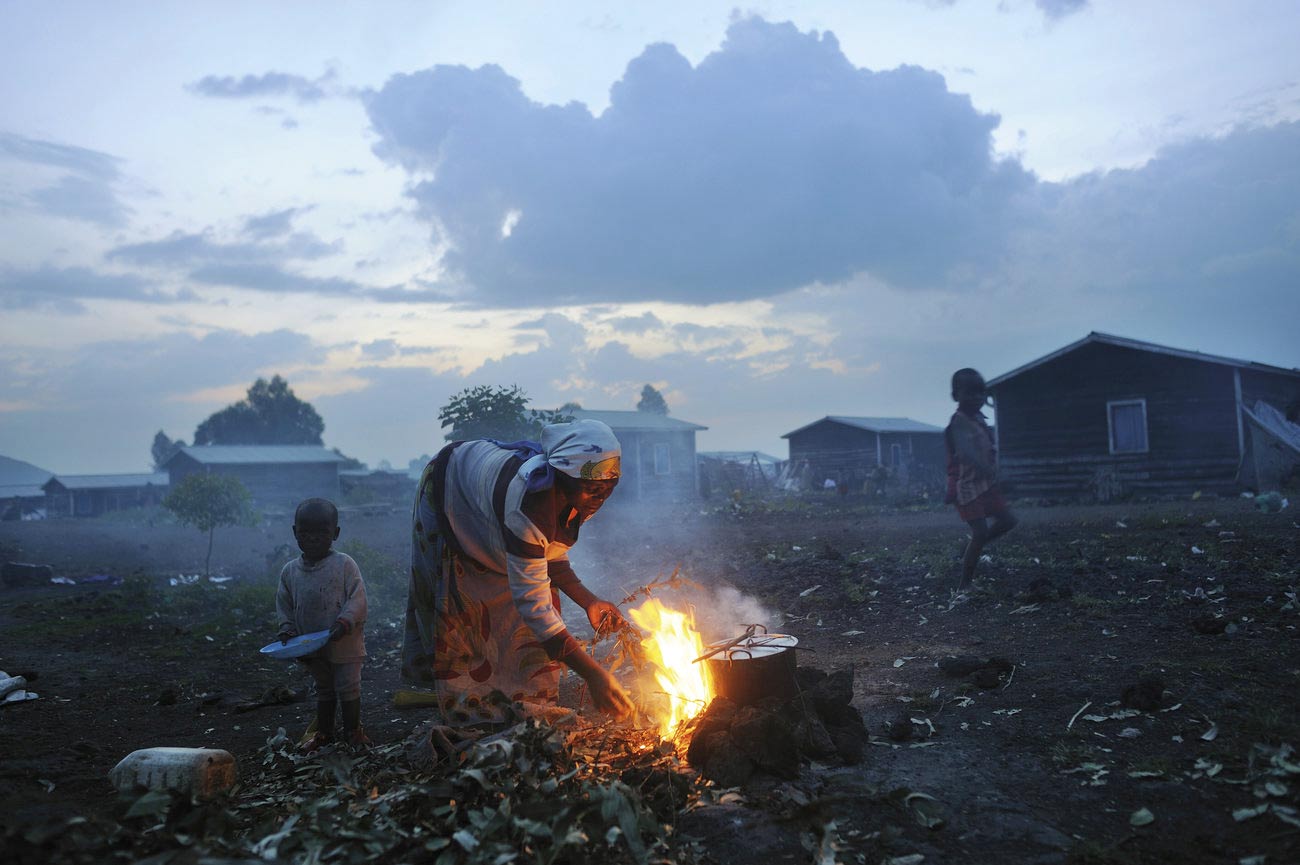Pictured here is a clearcut on a private piece of property in Noti, Oregon. The upper half was cut and logged in the summer of 2015, and the replanted trees growing now are four years old. The portion of this clearcut that can just be seen in the valley was logged in the summer and fall of 2018. Majority of trees grown and harvested in Oregon are Douglas-fir, an evergreen species that thrives in the mild climate of the Pacific Northwest. In this particular clearcut, there was also a speckling of Big-leaf Maple and Western Hemlock tree species; these trees will grow back on their own without being replanted. Douglas-fir are valued for their strength and drying quality, and their abundance makes them cheap compared to other lumber options. Most other species in the same price range yield a weaker finished product.
Here, a tree-planting demonstration takes place: to properly plant a young tree, dig a hole deep enough to bury all of its roots, and fill in the dirt so that the tree will stand erect. It should not lean sideways, or have its roots exposed to the elements.
Forester Jayme Dumford measures the length of a tree to determine how many logs it can be cut into. Jayme currently works for Thompson Timber Company in Corvallis, Oregon.
Limbs are cut off of a tree that has been fallen before it can cut into log lengths. These limbs will later be collected and burned in a brush pile.
An empty Thompson Timber Trucking log truck pulls into the log yard to be loaded for the last haul of the day. A log loader called a shovel will place logs onto the log truck's trailer- in this specific instance the truck departed with a load of large Douglas-fir trees to be exported to China. They will be hollowed out and reconstructed as huge, extravagant coffins, and are referred to simply as 'coffin logs'.
Above is a photo of Thompson Timber's lumber mill, where they turn low-value logs into wood chips. These wood chips are sold to paper mills to be ground into pulp: a very finely-ground substance which is used to make paper. The larger, more valuable logs are turned into boards and beams in a lumber mill, which this particular facility does not have the capacity for.











